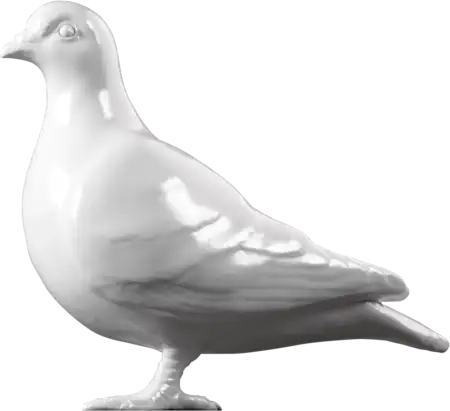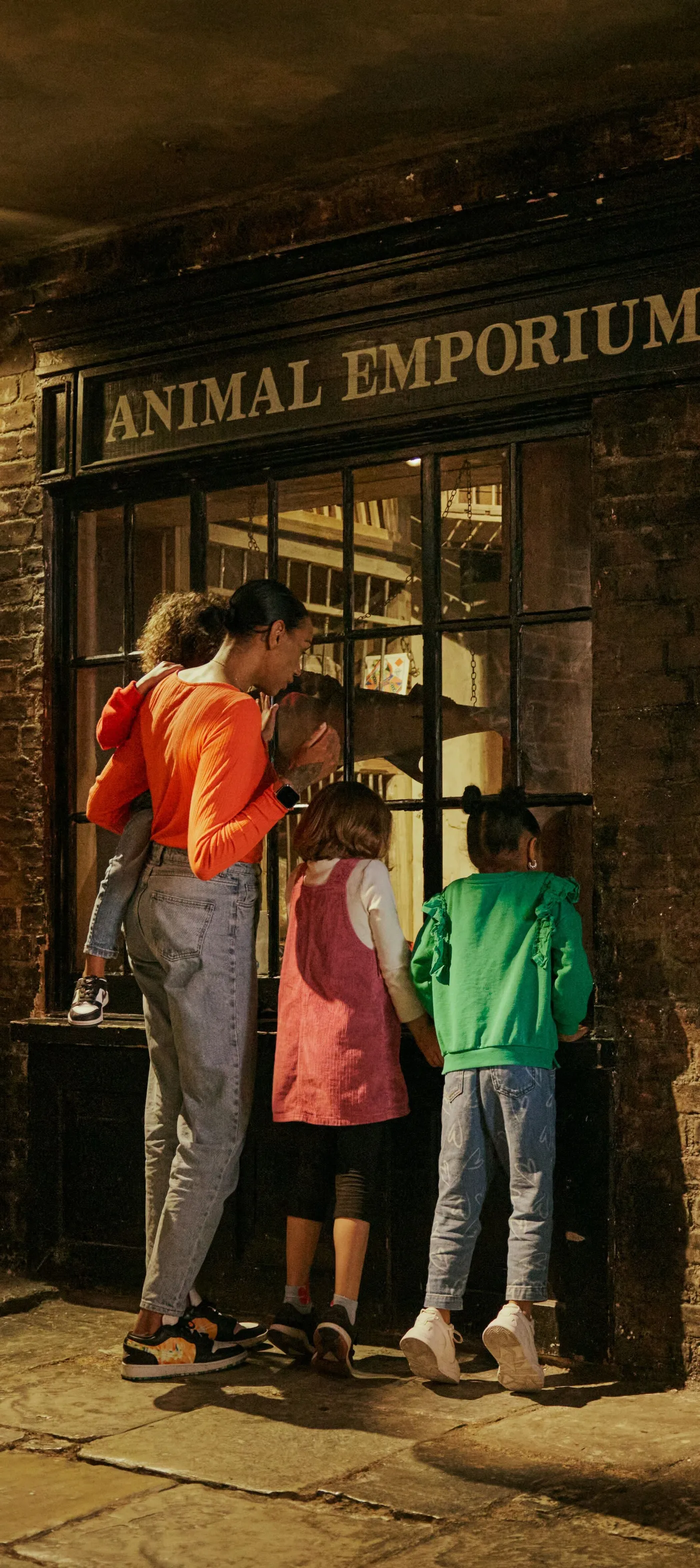21 May 2025 — By Beverley Cook
In search of ‘identity’ behind prison walls
A project initiated by prisoners and staff at HMP Pentonville that explores the theme of identity. The personal accounts and artworks in this booklet significantly enhance our understanding of the contemporary London experience.
Who is a Londoner in the 21st century? How do you define your identity?
These were the questions recently posed to 25 members of the Creative Arts Group at HMP Pentonville. The result is a highly imaginative, reflective and, at times, emotional collection of artworks, essays, podcasts and poems brought together in the booklet Identity: A journey from Within.
“Where do we fit in? It’s Your identity. You decide”
Ricki
This is the fourth in a series of booklets produced by the members of the Creative Arts Group at the prison and is supported by London Museum curators.
The booklet offers “a unique window into the identities and experiences of the creators, highlighting their journeys, influences and transformations”, writes project manager José Aguiar. These are perspectives and thoughts of Londoners whose thoughts are often hard to access beyond high walls, literally and figurately.
In the Foreword, Revd Jonathan Aitken shares how 25 years ago, he was serving an 18-month sentence as a high-profile prisoner. He had started to lose his old identity, but “by the time of my release, I had found a new one”. He has been the Chaplain at HMP Pentonville since 2019.
When prison defines the self
The impact of living within an environment that requires conformity and may discourage individuality is naturally a recurring theme. John’s artwork My Identity, framed by handcuffs is a powerful visual reminder of the men’s preoccupation with their current identity as ‘prisoners’.

My Transformation, 2024, by Jason, represents the change in his identity since coming to prison.
‘Does prison change your identity?’ is a question explored many times.
My Transformation by Jason depicts a caterpillar, symbolising “change, from a normal life to a life in a cell”. The figure of a masked angel represents him “pretending to be something I am not and how I get through every day – being the person everyone wants me to be”.
In contrast, Aleksandar’s poem Not a Broken Identity, reveals a resilient determination not to change despite the emotional challenges of prison: “I feel lost. I am alone. However I am resisting. I am not changing myself; I am keeping my identity”.
“Their identity is no longer that of ‘student’, ‘banker’ or ‘kind neighbour.’ Instead, they are now labelled ‘prisoner’ while incarcerated, and ‘ex-prisoner’ when released”
CM Clarke, Prison Officer, HMP Pentonville
The contribution by Prison Officer CM Clarke offers an alternative perspective of the impact of prison on individuality and identity. As she notes, “When I put on my uniform in the morning, my hobbies, my friends and my family fade into the background… On Wednesdays, I play netball, where it doesn’t matter what I do for work”.

The Branches of my Identity, 2025, by Siho, is a depiction of the different parts of their identity.
However, this privilege and freedom to pursue multiple identities is denied the men she works with. “Their identity is no longer that of ‘student’, ‘banker’ or ‘kind neighbour.’ Instead, they are now labelled ‘prisoner’ while incarcerated, and ‘ex-prisoner’ when released…Their past identity is a constant reminder, shaping their future in ways they may not escape.”
How does cultural heritage inform our identity?

Roots of Identity, 2025, by Jermaine K combines his Zimbabwean identity with his personal interests, like art.
For Paul, this complexity is represented in his artwork through a collage of “layers of colour and areas of my life” illustrating “the depth and tremendous wealth of identity in me”. Jermaine K’s artwork Roots of Identity skilfully acknowledges both past and present influences on his unique identity.
He combines symbols of his Zimbabwean tribal heritage with those of his own personal interests, including his passion for art.
For many, community and religion form the heart of their identity. In The Mountains, Enis refers to the resilience and solidarity of the Kurdish community integral to his own identity, the mountains. This represents a place where Kurds have traditionally fled to survive.
In The Art of the Cuban Cigar by Luis, the cigar symbolises his cultural heritage and identity rooted in Cuban tradition and craftsmanship.
Identifying as a Londoner

Speak to the Hand, 2024, by Martin symbolises his separation from his family and friends, but also his helplessness.
While reflecting on their diverse heritage, many participants also acknowledge London’s impact on their identity.
As Karl notes, “half English, half-Spanish but fully Londoner” it was the “views, visions and values from” other cultures “contained in the capital that created a wider worldview” its collective consciousness seeping into his “individual experiences”.
“It (the hand) asks to be treated as an individual rather than a number or a Convict”
Martin, Speak to the hand, 2024
For others, identity is bound within their physical appearance and style. Jermaine L looks at his dreadlocks as representing his inner power, strength and blossoming confidence. But the title of his piece Don’t Judge Me also acknowledges that for others, his appearance may result in him being unfavourably judged.
As with other participants, Jermaine’s creative expression poignantly makes connections between his strong identity on the outside with that of his arrest and current status as ‘prisoner’.
Finding a voice and platform

The cover of Identity: A journey within, produced by the Creative Art Group at HMP Pentonville.
Identity: A journey within is one in a series of booklets produced by HMP Pentonville with the support of museum curators. These collaborative projects ensure the voice of often marginalised communities and individuals is heard, recorded and valued. They significantly enhance our understanding of the contemporary London experience.
Importantly, this booklet has empowered the participants, to contribute to the history of the prison on their own terms. As HMP Pentonville’s Governing Governor Simon Drysdale says, "This collaboration…is a real demonstration of the work that can be done by prisoners to express themselves in a positive way whilst serving here at HMP Pentonville." It also offers a fresh perspective on an institution which, for over 180 years has been a recognisable feature of north London’s identity.
Beverley Cook is Curator, Social and Working History at London Museum.






